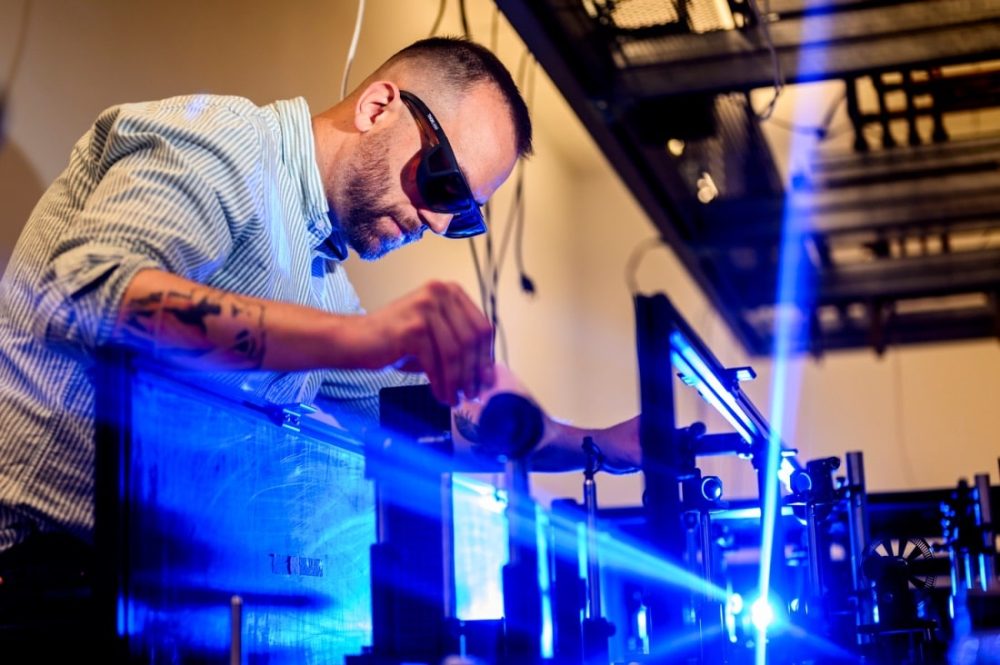Silicon, meet your quantum replacement. In a breakthrough straight out of science fiction, researchers at Northeastern University have discovered a way to control the conductive state of quantum materials using nothing but light — no wires, no heat, no delays. The result? Electronics that could be 1,000 times faster than today’s devices and so small they could make a chip look like a dinosaur fossil.
Light-Speed Switching, No Cryogenics Needed
The magic material is 1T-TaS₂, a quantum compound that can flip between insulating and conducting states—like a switch—using a process called thermal quenching. Previously, this was only possible at bone-freezing cryogenic temperatures, but now? Room temp, real-world ready, and rock stable for months.
This isn’t just innovation — it’s physics rewritten.
From Gigahertz to Terahertz
While today’s processors operate at gigahertz speeds, this breakthrough opens the gates to terahertz speeds. That’s a thousandfold leap, and it could blow past Moore’s Law into an era where electronics operate near the physical speed limit: the speed of light.
“There’s nothing faster than light, and we’re using light to control material properties at the fastest possible speed allowed by physics.” – Prof. Gregory Fiete
Goodbye, Silicon. Hello, Quantum Interface.
Forget intricate silicon circuit boards and multi-material engineering nightmares. This new technology enables a single quantum material to simultaneously conduct and insulate, all controlled by a flash of light. That means simpler devices, smaller footprints, and unprecedented energy efficiency.
“We eliminate one of the engineering challenges by putting it all into one material. And we replace the interface with light.” – Fiete
A New Electronics Paradigm
This is transistor-level disruptive, akin to the leap from vacuum tubes to microchips. And the ripple effects could touch everything:
- Ultra-thin, light-controlled mobile devices
- AI chips operating 1,000× faster
- Space-bound electronics where cooling is limited
- Future storage tech that dwarfs current SSDs
Beyond the Breakthrough
Researchers are already hunting new materials with Kramers nodal lines and exotic quantum states that could unlock even more capabilities. Meanwhile, the tech world watches in awe — because this isn’t just a step forward. It’s a quantum warp into the future.


